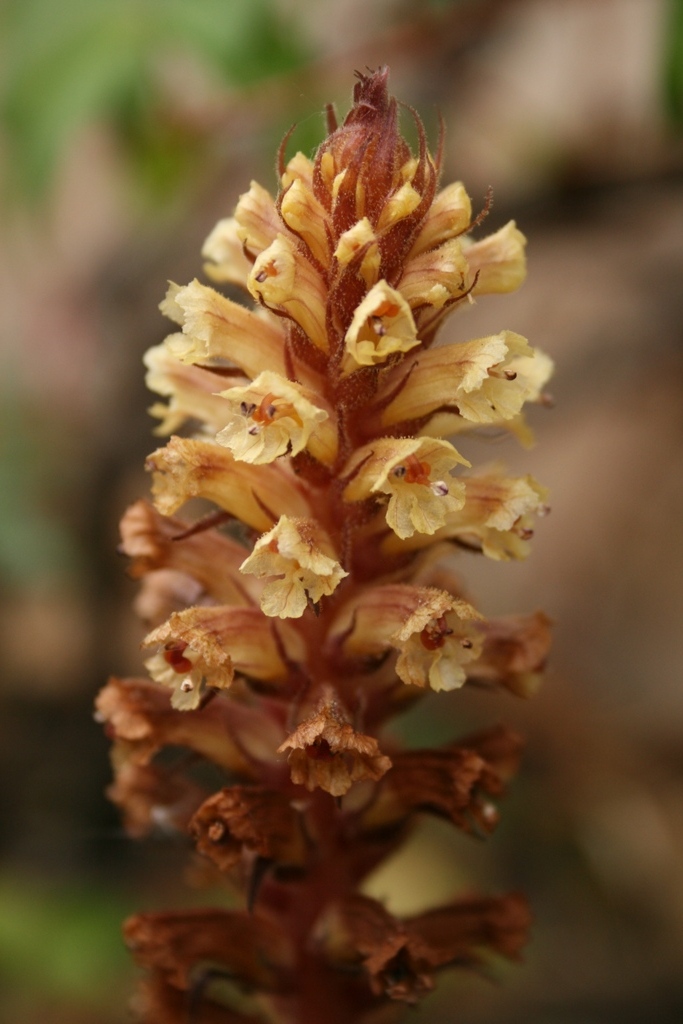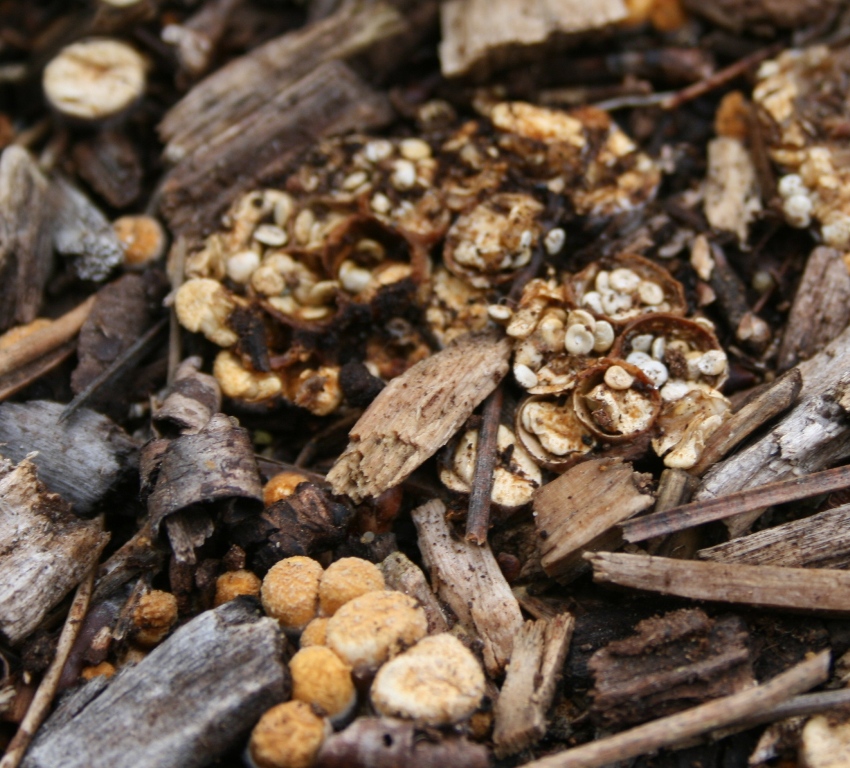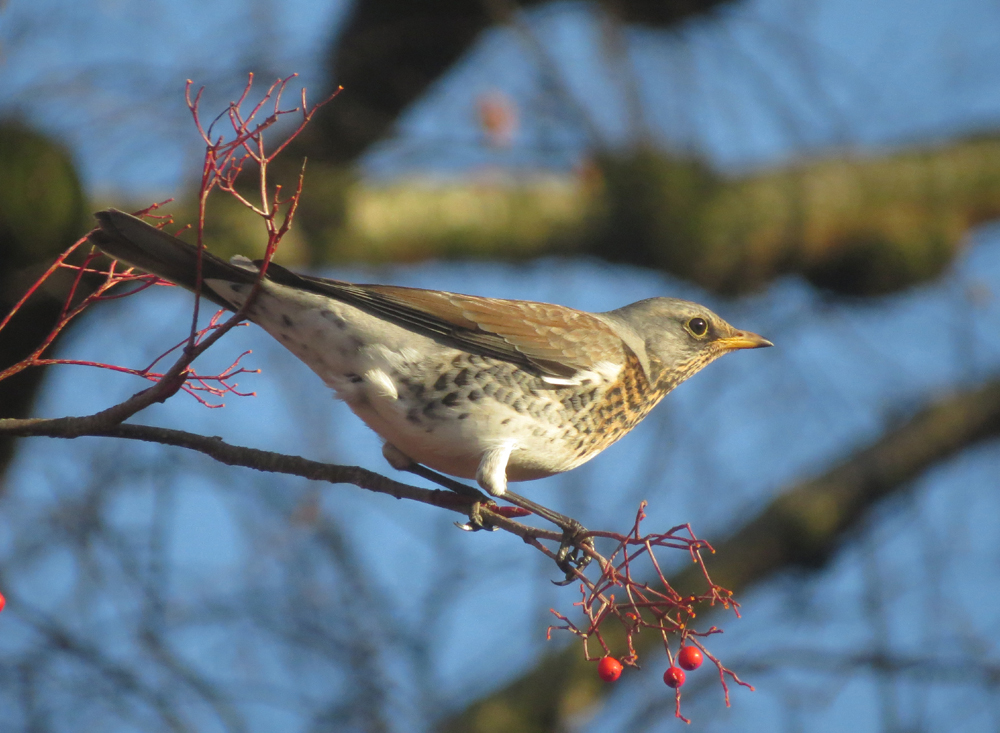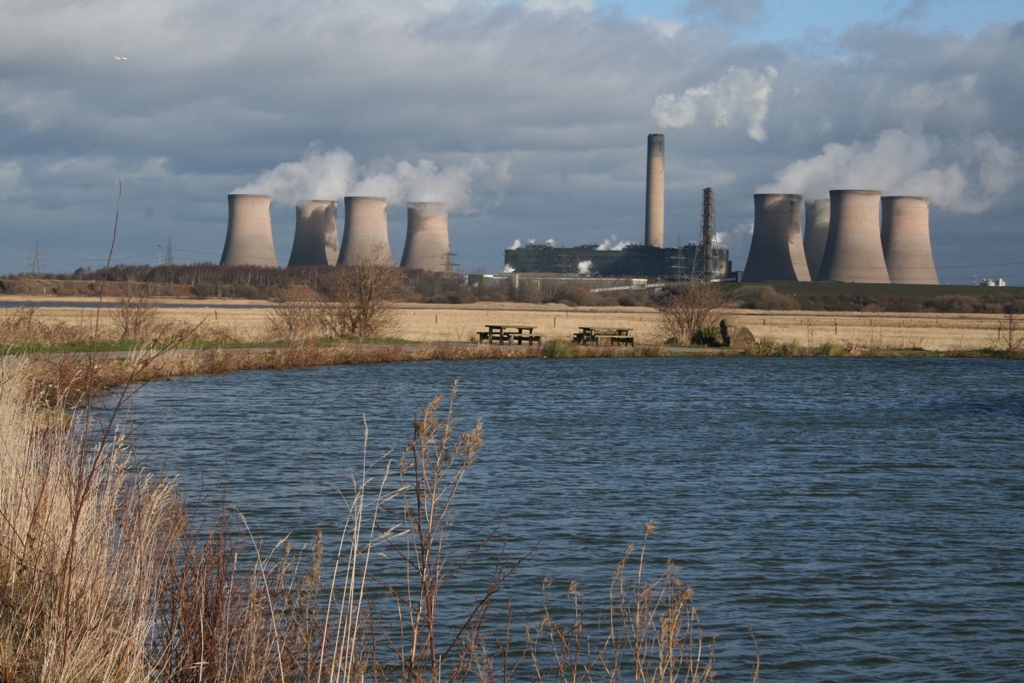Altrincham and District Natural History SocietyFounded 1908www.altnats.org.uk |
 |
Sightings/Diary
The most recent sightings are on our Facebook pages
For those of you who do not use Facebook, a summary of some of the sightings posted are given in the following file(s):
- Sightings 2019
- Nature Notes, March 2020
- Mike Ashworth's Nature Notes from Somerset, March 2020
- Nature Notes, March/April 2020
- Nature Notes, April 2020
- Nature Notes, January 2021
- Mike Ashworth's Nature Notes from Somerset, April 2020
- Mike Ashworth's Nature Notes from Somerset, May 2020
For sightings between April 2014 and August 2017, please see the Sightings blog
Sightings between 2013 and 2014 are shown below.
Sunday 21st July 2013 - Bridgewater Canal
It is not often that a trip to the dentist provides such interest. On returning from the dentist on Deansgate to Stretford, I cycled along the towpath on the Bridgewater canal. An unexpected looking plant attracted my attention. It looked like a broomrape, but without a book, could not say more than that. I have occasionally seen broomrapes before, but not in this number - there were hundreds of them along about 100 metres of the towpath. I returned two days later with a camera, a guidebook and Cathy, my wife, who knew how to use the guide.
While most of the specimens were past their best, there were still many in good condition. Identification is not easy as individual species can be quite variable, and there can be hybridisation. The most likely candidates are Common Broomrape (Orobanche minor)and Ivy Broomrape (Orobanche hederae). The former is associated with leguminous plants, of which there were very few around, while Ivy Broomrape is unsurprisingly associated with ivy, and there were substantial quantities of variegated ivy present. I was also informed by Margaret McCormick that the Manchester Field Club found a small number of Ivy Broomrape at roughly this location in 2006. This is strongly suggestive of Ivy Broomrape.
The specimens seemed to show stigma colours varying from yellow (typical of Ivy Broomrape) to purple (typical of Common Broomrape). However having contacted the Recorders for Cheshire and Lancashire, who forwarded to Dr Fred Rumsey at the London Natural History Museum, it seems that the stigma lobes of the Common Broomrape are a dark purpish black - darker than any I had seen, and the conclusion is that this amazing colony is Ivy Broomrape.
I plan to re-visit next year, hopefully to see them at their best - Mike Pettipher.
Saturday 7th September 2013 - Delamere Forest
A fungal foray day at Delamere Forest with Dave Higginson-Tranter (Fungalpunk). A first for me was this Common Bird's Nest fungus (Crucibulum laeve). It could not be better named, looking just like eggs in a nest.
Other particularly intersting items included the Vapourer Moth (Orgyia antiqua) larva, and the Alder Tongue gall on female catkins (if a little past its best), caused by the fungus Taphrina alni. The Alder Tongue starts cream, turing red or purple later. It is now widely distributed across the UK, but still appears to be absent from the south-east.
Mike Pettipher
Friday 29th November 2013 - Davenham
Over 30 Lapwings were seen flying over the A556, just north of Davenham - Margaret Hickson.
Tuesday 3rd December 2013 - Hale Barns Golf Course
Small groups of Fieldfares and Redwings, a large flock of starlings, a Mistle Thrush, Pied Wagtail and Jay on the Hale Barns Golf Course. First Daffodil shoots pushing through - Margaret Hickson.
Tuesday 3rd December 2013 - Bowdon
Roy found the following in his garden:
The Winter Moth, Operophtera brumata, occurs in the UK from November to January or February - one of small number of our species in which the adults are active in winter. This is a male - the female is virtually wingless and cannot fly.
The Rosy or Pink Woodlouse, Androniscus dentiger, is found from the British Isles to North Africa. It is a small woodlouse - about 6mm, compared with up to 16mm for our common woodlouse.
Saturday 14th December 2013 - Marbury Country Park
A small group of us visited Marbury Country Park for a short walk by Budworth Mere, through woodland and past the canal - prior to lunch at the Kilton where we were joined by other members of the society. Pleasant, if surprising, sunshine was welcome on this cool morning. Notable sightings included a small egret trying to out-stare a heron, about 30 great crested grebes on the water, and about 50 coots alternating from the grass on the far side of the mere, to the water and back to the grass again.
Sightings noted: Blue Tit, Great Tit, Coal Tit, Long-tailed tit, Willow Tit, Thrush, Blackbird, Robin, Nuthatch, Chaffinch, Great Crested Grebe, Mallard, Coot, Tufted Duck, Canada Goose, Greylag Goose, Cormorant, Little Egret, Grey Heron, Black-headed Gull, Lesser Black-backed Gull and Grey Squirrels.
Tuesday 17th December 2013 - Bowdon
More from Roy's garden.
The Fieldfare and Redwing were part of a mixed flock feeding on a Rowan Tree.
Friday 20th December 2013 - Timperley
17 Redwings in Holly Tree in garden - soon stripped it! - Pat Hill.
Saturday 11th January 2014 - Timperley
Grey Wagtail at Timperley Brook - Jacky Johnson.
Saturday 18th January 2014 - Timperley/Hale area
Snowdrops flowering on Brook Lane - Jacky Johnson.
Saturday 18th January 2014 - Hale
6 Redpoll and a pair of Pied Wagtails in the garden in Hale - Margaret Hickson.
Tuesday 21st January 2014 - Altrincham/Wilmslow
Fox crossing Wilmslow Road between Altrincham and Wilmslow - Margaret Hickson.
January 2014 - Chorlton/Stretford
Sparrowhawk caught wood pigeon near precinct centre in Chorlton - the pigeon just escaped.
Blackcap in Stretford garden - John Fulton.
Sunday 26th January 2014 - Timperley
A pigeon in Timperley was not so lucky as the one in Chorlton! On the Saturday morning of the RSPB survey David Hartley pulled up his kitchen blind to see an area of feathers on the back lawn. He then noticed a female sparrow hawk, surrounded by plucked feathers, in the right hand corner of the garden, feasting on a breakfast of wood pigeon. She stayed about 20 minutes and came back about 3:30pm then again next morning to finish off the prey.
Saturday 1st February 2014 - Sale Water Park
4 Redwings in flooded are of Sale Water Park - Pat Hill.
Tuesday 4th February 2014 - Newman's Flash
Several common daisies out in bloom - Pat Hill.
Thursday 6th February 2014 - Moore Nature Reserve
A good variety of birds at Moore Nature Reserve:
Jay, Magpie, Crow, Rook, Blackbird, Robin, Wren, Great Tit, Blue Tit, Long-tailed Tit, Coal Tit, Willow Tit, Nuthatch, Reed Bunting (probably), Chaffinch, ,Great Spotted Woodpecker (female), Wood Pigeon, Pheasant, Grey Heron, Mallard, Tufted Duck, Pochard, Little Grebe, Great-crested Grebe, Shoveller, Gadwall, Coot, Moorhen, Swan, Canada Goose, Herring Gull, Black-headed Gull.
Rabbit and grey squirrel also seen, but no sign of the pair of Lesser Spotted Woodpeckers, nor any bitterns. - Mike Pettipher
Sunday 9th February 2014 - Bents Snowdrops and Pennington Flash
Right next door to Bents Garden Centre is a wonderful garden with over 100 varieties of snowdrops, created by John Bent after his retirement from the garden centre business. On seeing us, John enthusiastically spent much time showing us around the garden, despite being on crutches after a hip operation, and a cold wind. Well worth a visit. See: http://www.bents.co.uk/Snowdrops-Are-Stealing-the-Show.
A short drive to nearby Pennington Flash gave:
Crow, Wood Pigeon, Lapwing, Cormorant, Great-crested Grebe, Canada Goose from Horrocks hide; Coot, Mallard and Teal towards Ramsdale hide; Blue and long-tailed Tit, Bullfinch (female)- taking buds on nearby twigs for 20 mins, Robin, Blackbird, Magpie, Grey Heron, Tufted Duck, Shoveller, Swan, Greylag Goose (pale head - juvenile?), possibly Kingfisher from Ramsdale hide; Moorhen, Goosander (about 10 pairs), Gadwall from Lapwing hide - Mike and Cathy Pettipher.
Thursday 13th February 2014 - Mersey Estuary
Sunny but windy at Wigg Island. Attractive lighting over Fiddler's Ferry Power Station.
About 200 Lapwings on the mudflats near Fiddler's Ferry Power Station, at the river bend between Wigg Island and the Moore Nature Reserve area. Similar numbers of gulls, Herring and Black-headed the most obvious with at least some Black-backed.
Swan, Mallard, Coot and Tufted Duck on the pools nearer the visitor centre.
Some trees (probably poplars) showed white tips to the twigs at the crown. Also saw this at Pennington the previous week. Looks like a fungal coating. Still investigating. Never noticed in previous years.
See entry on 6th March below, for explanation.
Numerous catkins on the coppiced hazels.
A Curlew calling and then landing provided a welcome to a very brief visit to windy Hale Head.
There was competition for the best fishing spot at the scrape at Pickerings Pasture. A Kingfisher was alternating between two posts after occasional dips in the water, but disappeared whenever the Little Egret or Grey Heron strode into 'his' or 'her' corner of the pool. Shelduck in the field beyond, and Long-tailed tits were using the feeder just behind the seats.
Saturday 15th February 2014 - Stretford
Small raptor, presumably a Sparrowhawk, briefly in birch tree. Decomposing giant puffball found in garden. Pity we didn't find it when still worth eating! - Cathy and Mike Pettipher
Saturday 27th February 2014 - Wilmslow/Airport
Badger on road between Wilmslow and airport tunnel. Also seen between Airport tunnel and M56 - Margaret Alderson..
Monday 3rd March 2014 - M56/Lymm
Large flock of Lapwings and 7 Buzzards - Jacky Johnson.
Tuesday 4th March 2014
First celandines flowering and first ramsons leaves -Jacky Johnson.
Thursday 6th March 2014 - Pickerings Pasture
Found more of the white twigs mentioned above on 13th February, but this time on trees that had been cut, so the twigs were accessible. Now clear this is a white downy covering, which is a feature of twigs of white poplars that lasts until their second year. The bark also shows the typical diamond shaped marks of white poplars.
No Kingfisher or Heron at the pond this time, just the Little White Egret. Many Shelduck in the marsh beyond the pond. Numerous Chaffinches and Greenfinches at the feeder table, along with Great Tits, Long-tailed Tit, Robin, Wren and Wood Pigeons - Mike Pettipher
Early March 2014 - Sale Garden
Sparrowhawk - Pam and Phil Grundy.
Saturday 13th March 2014 - Sale Garden
Peacock butterflies - Pam and Phil Grundy.
Tuesday 16th March 2014 - Wirral
4 male Wheatears, White Wagtails and Sandmartins. Brimstone and Peacock butterflies. - Claire Joures.
Wednesday 17th March 2014 - Sale Garden
Frogspawn in pond - Pam and Phil Grundy.
Thursday 18th March 2014 - Stretford Garden
First frogspawn in pond - Cathy and Mike Pettipher.
Tuesday 18th March 2014 - Timperley Brook/Navigation Road
First bud burst of Horse Chestnut - Jacky Johnson.
Friday 29th March 2014 - Blackburn
3 Waxwings in tree on Weir St - Pam and Phil Grundy.
Saturday 30th March 2014 - Timperley
Brimstone butterfly at Hare and Hounds. Peacock butterfly on Oak Rd - Pam and Phil Grundy.
Saturday 30th March 2014 - Stretford
More frogspawn in garden pond. Vast numbers of tadpoles in Longford Park pond - Cathy and Mike Pettipher.
March 2014
Numerous Small Tortoishell seen in last two weeks of March, and dust from the Sahara - Claire Joures.
March 2014
Kingfishers nesting at the edge of Sinderland Green Wood,and Buzzards nesting within the wood. Badgers and foxes at Brookheys Covert. Kestrel and Sparrowhawk at Altrincham retail park. Buzzards and goldfinches pairing off and Blackbirds becoming territorial in garden - Margaret McCormick.

















